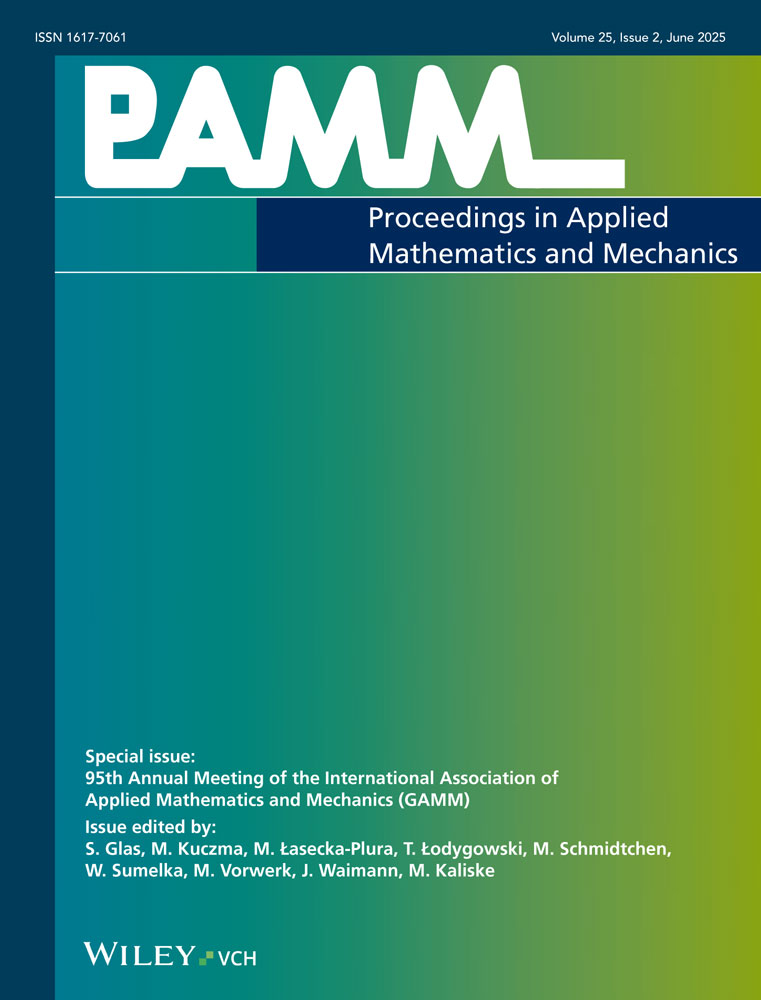About the Microstructural Effects of Polycrystalline Materials and their Macroscopic Representation at Finite Deformation
Abstract
In the sheet bulk metal forming field, the strict geometrical requirements of the workpieces result in a need of a precise prediction of the material behaviour. The simulation of such forming processes requires a valid material model, performing well for a huge variety of different geometrical characteristics and finite deformation.
Because of the crystalline nature of metals, anisotropies have to be taken into account. Macroscopically observable plastic deformation is traced back to dislocations within considered slip systems in the crystals causing plastic anisotropy on the microscopic and the macroscopic level. A finite crystal plasticity model is used to model polycrystalline materials in representative volume elements (RVEs) of the microstructure. A multiplicative decomposition of the deformation gradient into elastic and plastic parts is performed, as well as a volumetric-deviatoric split of the elastic contribution. In order to circumvent singularities stemming from the linear dependency of the slip system vectors, a viscoplastic power-law is introduced providing the evolution of the plastic slips and slip resistances. The model is validated with experimental microstructural data under deformation. The validation on the macroscopic scale is performed through the reproduction of the experimentally calculated initial yield surface. Additionally, homogenised stress-strain curves from the microstructure build the outcome for a suitable effective material model. Through optimisation techniques, effective material parameters can be determined and compared to results from real forming processes. (© 2012 Wiley-VCH Verlag GmbH & Co. KGaA, Weinheim)




